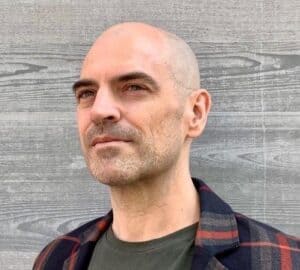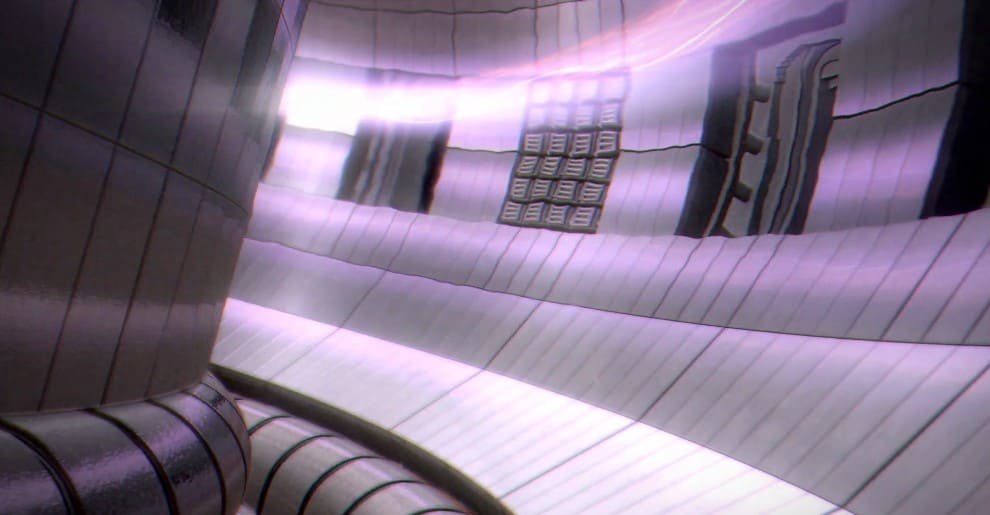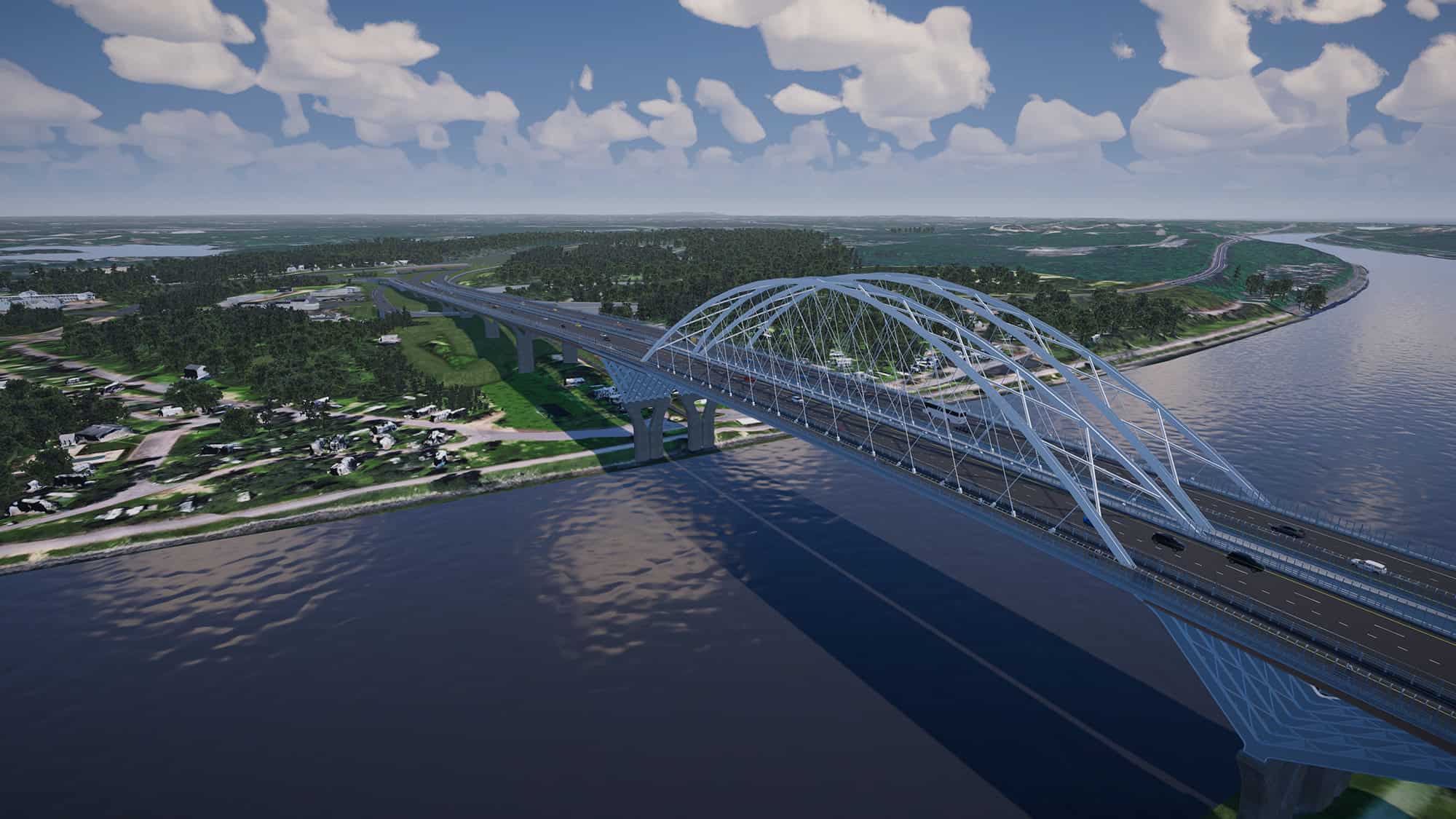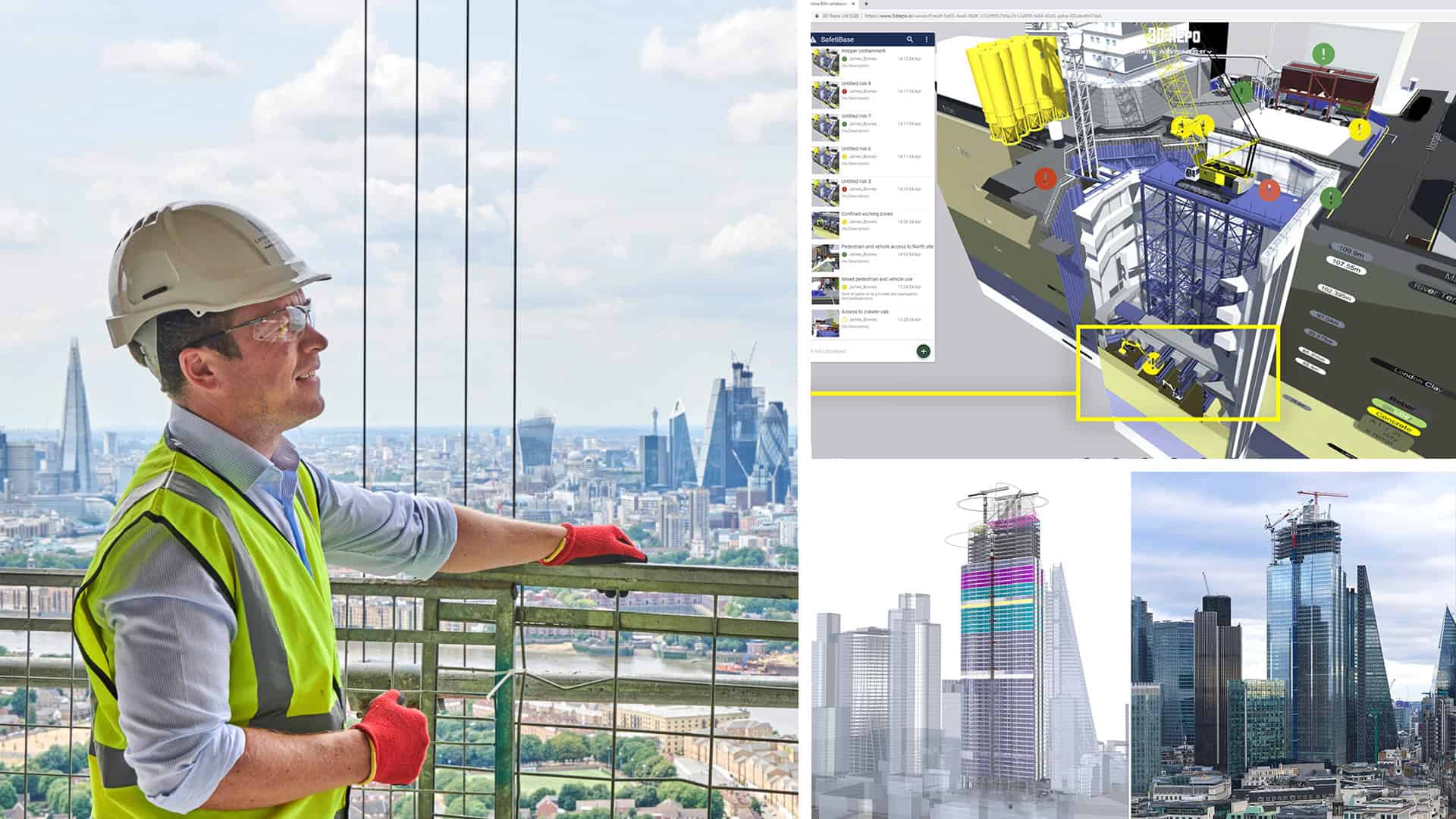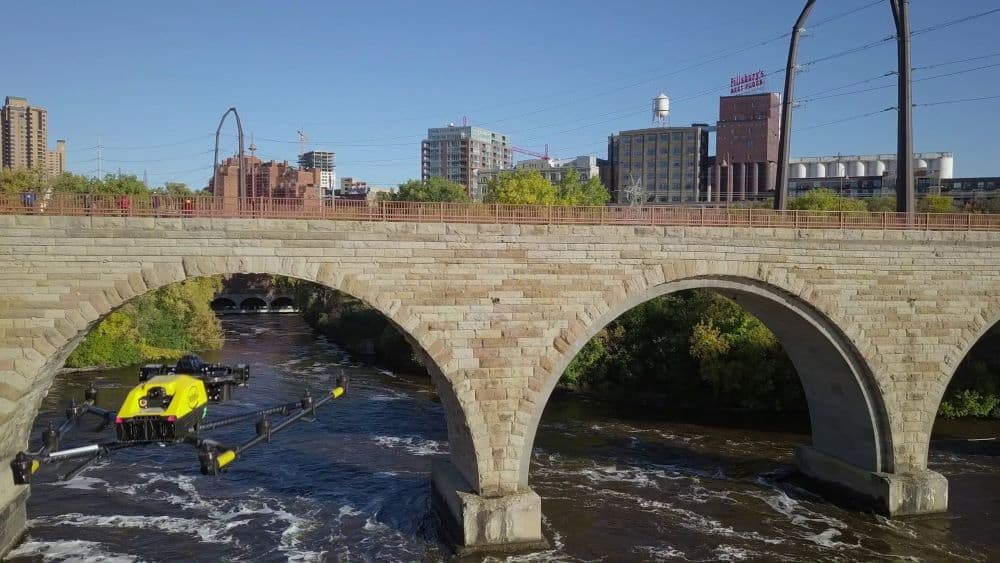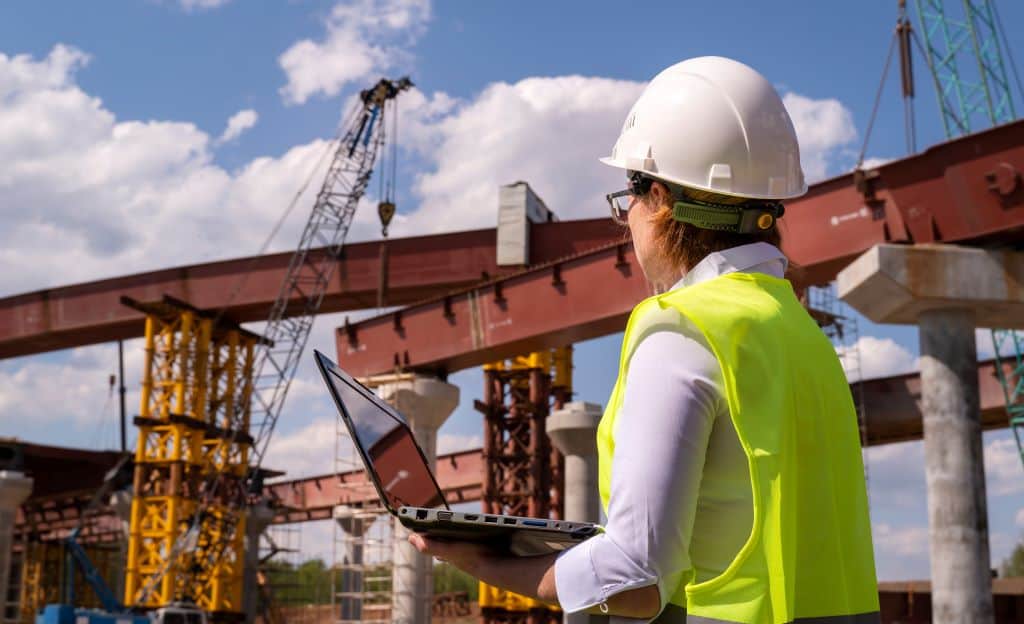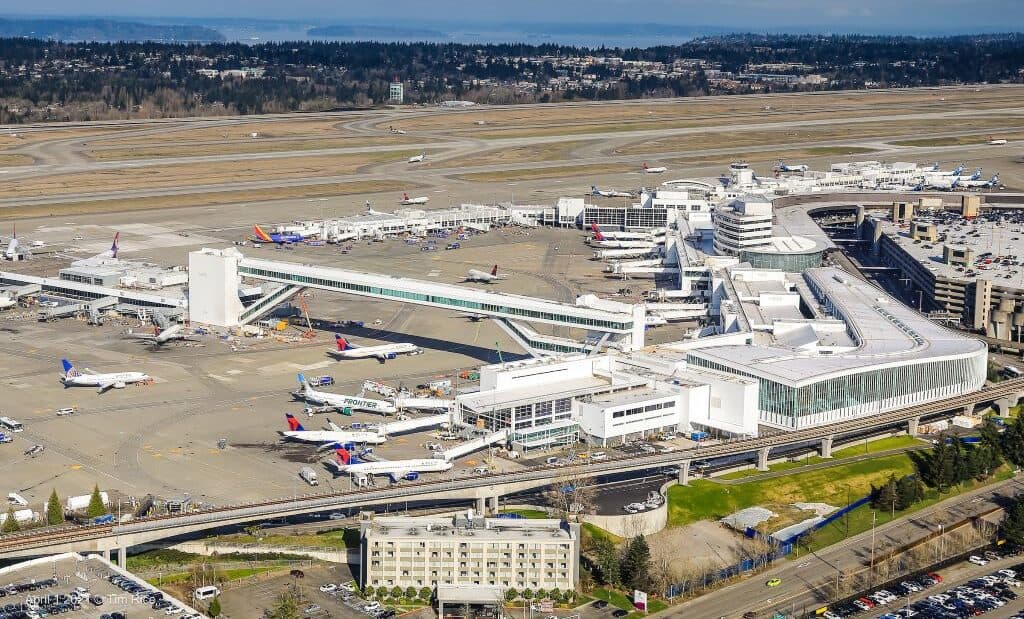In the 3rd century, the Greek mathematician and physicist Archimedes discovered that the volume of water he displaced in the bathtub must equal the volume of his submerged body. This was a true breakthrough in scientific understanding at the time. I could now explain the principles that derived from this discovery however, I am more interested in how he felt at that moment. The history books give us a clue: he shouted ‘Eureka’ and ran naked through the streets of Syracuse expressing his joy.
Now, imagine that today’s technology could create a safe, sustainable, carbon-free source of power to meet the earth’s entire electricity needs. That’s getting close to deserving a shout and dash outside.
The stats and specs show the extraordinary scale and complexity of the ITER nuclear fusion project, and I am hoping to shine a little light on how the human experience will shape its construction.
ITER for the non-technical readers
The ITER project, based in France, involves some 35 countries collaborating to build a large nuclear fusion electricity generation facility (using the same principle that powers our sun and stars). The recipe is straightforward.
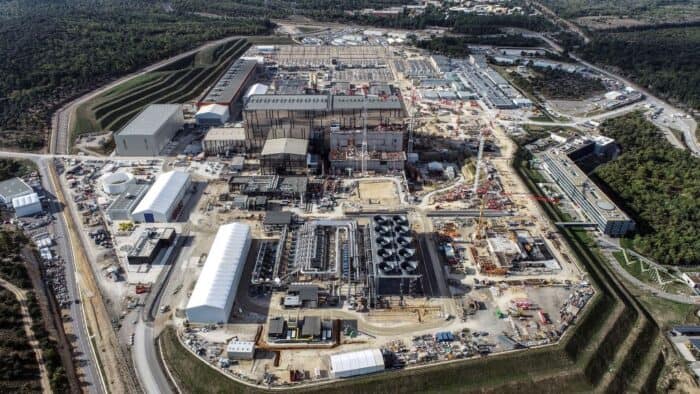 The ITER construction site sits on 180-hectares in southern France and includes thirty-nine buildings and technical areas that house the ITER Tokamak and its plant systems. Image courtesy of ITER.
The ITER construction site sits on 180-hectares in southern France and includes thirty-nine buildings and technical areas that house the ITER Tokamak and its plant systems. Image courtesy of ITER.First, build the world’s largest magnetic fusion device, a tokamak, weighing the equivalent of 100 x 747 aircraft, and cool its magnets to -270°C (close to absolute zero). Secondly, heat the inside of the reactor vessel to 130,000,000°C (10x hotter than the core of the sun) to create a dense plasma that can harbor a nuclear fusion reaction. Because this is too hot to encounter anything solid, this all happens in mid-air, suspended by a magnetic field inside a vacuum chamber. Sub-atomic particles whiz around creating some serious heat, then we just add water to make steam which spins some turbines to produce electricity. Eureka.
With reactor construction now in year seven, we know that following the recipe is somewhat more involved, utilizing construction planning that can be fairly described as ‘next level’.
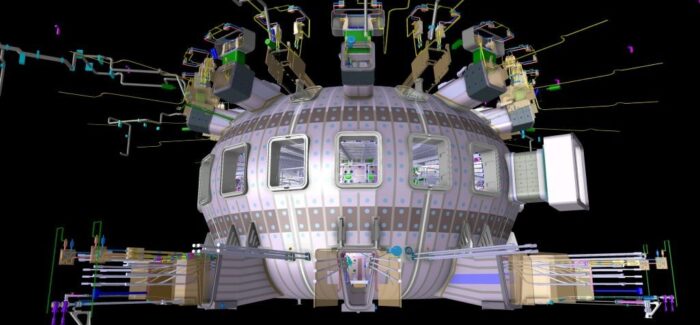 Pictured here is a 3D rendering of a ITER’s Tokamak, a device that uses powerful magnetic fields to produce thermonuclear fusion power. Image courtesy of ITER.
Pictured here is a 3D rendering of a ITER’s Tokamak, a device that uses powerful magnetic fields to produce thermonuclear fusion power. Image courtesy of ITER. Next-level construction planning and visualization: 4D immersion
Bentley Systems’ iLab is an innovation laboratory that discovers high-value innovations for infrastructure, which ultimately enter production and mainstream use. The development of 4D immersive construction planning, in collaboration with Brigantium Engineering, a 4D planning and engineering specialist, is a perfect example of delivering high-value, high-tech innovations for ITER.
It adds the 4th dimension of time by combining Planning Schedules with 3D models using SYNCHRO 4D. This information is then accessed via iTwin Platform APIs and rendered in NVIDIA Omniverse, Unreal Engine, and Azure Remote Rendering. Using Unreal Engine allows the rendering to stream to devices such as the Oculus Quest 2, Microsoft HoloLens2, or any other compatible head-mounted display such as Varjo, Pico, or HTC Vive. This allows for a virtual walkthrough of the project with your choice of web browser, workstation, tablet, or VR/AR/MR headsets. And, at any location in your 4D immersive planning, you can pause and swipe through the project schedule to see when key components will be installed.
But how does 4D immersion feel? It is extraordinary. Experiencing such a moon-shot project virtually, at a 1: 1 scale, and moving through it in a manner that is second nature is just something else.
I felt immersed in the whole machine giving a real sense of how these components come together. The detail and realism are such that I could focus on just the thread of a single bolt if I chose to. With ITER having over 10 million separate parts, assembled to tolerances generally in the scale of millimeters, I could spend a lot of time looking at the detail. By the way, some components’ tolerances are so low they require optical metrology – but that’s another story. I am sure I had a smile on my face for the entire tour, but I had to wait a little longer for my own Eureka moment.
The value of 4D immersive planning to infrastructure design and risk reduction
A critical aspect of the ITER construction process is the pre-assembly of many large, complex components from many places around the globe. With 4D construction planning, digital rehearsals allow the assembly process to be tested, the design refined if required, and perfected – well before anything weighing 1,500 tons is hanging over the machine hall.
Video courtesy of Brigantium Engineering
Digital rehearsals allow the assembly process to be tested, the design refined if required, and perfected – well before anything weighing 1,500 tons is hanging over the machine hall.
Complex projects like ITER inevitably require changes in the construction plan or refinements that involve many engineering and scientific disciplines. With a workforce that numbers in the thousands, the project’s 4D planning aligns everyone to a common goal or challenge, with the digital environment constantly being updated to identify potential clashes and rework that are not evident in traditional planning.
Indeed, it is simply not possible to identify crane path clashes using a Gantt chart or to visualize the density of works on the construction site. Here, SYNCHRO 4D provides major added value to prototype the approach in a digital medium that can be experienced at real-scale.
It provides extraordinary confidence for all those involved, by creating a visual simulation of the plan in advance – rather than simply hoping the plan will work.
Working on things that matter
I think ITER is a global game-changer. Fusion energy has the potential to fundamentally alter the way we power the planet, and it could do this in a way that cuts across geopolitical boundaries.
Most of us want to work on something that really makes a difference and this work to contributes to proving the viability of nuclear fusion as a safe, sustainable, carbon-free source of power to meet the earth’s entire electricity needs, certainly ticks that box.
Comparing the digital and real worlds
On a recent site visit to the ITER project in France, I walked through the actual facility for the first time. Amid this cathedral-sized machine hall, I was struck by how familiar it all felt. I had walked through here many times before–in the virtual world. It was exactly as I expected.
I felt joy and confidence knowing that our efforts to connect numerous digital technologies to my human experience had made this real for me a long time before I even stepped on site. Eureka!
